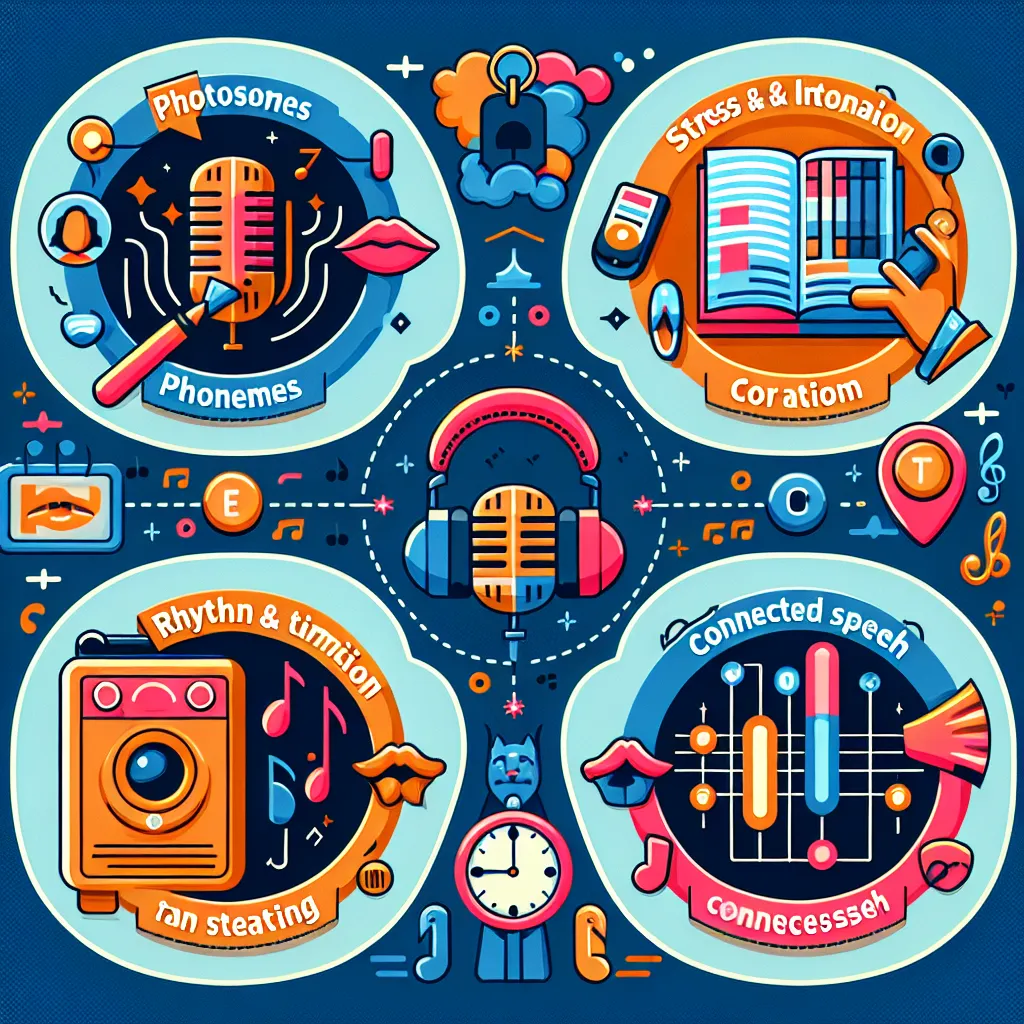Are you struggling to distinguish between voiced and voiceless sounds in English? Don’t worry, you’re not alone. Many English learners find this aspect of pronunciation challenging. In this comprehensive guide, we’ll explore effective tips and techniques to help you master voiced and voiceless sounds, improving your overall English pronunciation.
Understanding Voiced and Voiceless Sounds
What Are Voiced and Voiceless Sounds?
Voiced and voiceless sounds are two categories of consonants in English. The main difference lies in whether your vocal cords vibrate when producing the sound.
- Voiced sounds: Your vocal cords vibrate (e.g., /b/, /d/, /g/, /v/, /z/)
- Voiceless sounds: Your vocal cords don’t vibrate (e.g., /p/, /t/, /k/, /f/, /s/)
Understanding this distinction is crucial for accurate pronunciation and can significantly impact your ability to communicate effectively in English.
 Voiced and Voiceless Sounds Diagram
Voiced and Voiceless Sounds Diagram
Tips for Mastering Voiced and Voiceless Sounds
1. Practice with Minimal Pairs
Minimal pairs are words that differ by only one sound. They’re excellent for practicing the distinction between voiced and voiceless sounds.
Examples:
- Pat (voiceless /p/) vs. Bat (voiced /b/)
- Tie (voiceless /t/) vs. Die (voiced /d/)
- Cap (voiceless /k/) vs. Gap (voiced /g/)
Practice saying these pairs aloud, focusing on the difference in vibration in your throat.
2. Use the Hand-on-Throat Technique
Place your hand on your throat while pronouncing voiced and voiceless sounds. You should feel vibration for voiced sounds but not for voiceless ones.
Try it with:
- /f/ (feel) vs. /v/ (veal)
- /s/ (sip) vs. /z/ (zip)
This tactile feedback can help you internalize the difference between these sound types.
3. Listen to Native Speakers
Expose yourself to native English speech through podcasts, movies, or language exchange partners. Pay attention to how they pronounce words with voiced and voiceless sounds.
Recommended resources:
- BBC Learning English podcast
- TED Talks
- English language learning YouTube channels
4. Record and Analyze Your Speech
Record yourself reading a text or speaking freely, then listen back and identify any issues with voiced and voiceless sounds. Compare your pronunciation to that of native speakers.
Tools like Audacity (free audio software) can be helpful for this purpose.
5. Focus on Aspiration
Aspiration is the puff of air that accompanies certain voiceless consonants in English, particularly at the beginning of stressed syllables.
Practice aspirating /p/, /t/, and /k/ sounds:
- Hold a piece of paper in front of your mouth
- Say words like “pin,” “tin,” and “kin”
- The paper should move when you pronounce these words correctly
6. Use Visual Aids
Visual representations can help you understand and remember the difference between voiced and voiceless sounds.
 Voiced and Voiceless Sounds Chart
Voiced and Voiceless Sounds Chart
Common Mistakes and How to Avoid Them
Mixing Up Voiced and Voiceless Pairs
Many learners struggle with pairs like /b/ and /p/, /d/ and /t/, or /v/ and /f/.
Solution: Practice with minimal pairs and use the hand-on-throat technique regularly.
Incorrectly Voicing Final Consonants
In some languages, final consonants are always voiced. In English, they can be either voiced or voiceless.
Example: “Bad” ends with a voiced /d/, while “bat” ends with a voiceless /t/.
Solution: Pay extra attention to word endings and practice with pairs like “bad/bat,” “dog/dock,” and “leave/leaf.”
Forgetting to Aspirate
Not aspirating voiceless stops (/p/, /t/, /k/) at the beginning of stressed syllables can make your speech sound unclear.
Solution: Practice the aspiration technique mentioned earlier.
The Phonemic Chart and Commonly Mispronounced Words
Understanding the International Phonetic Alphabet (IPA) and using a phonemic chart can greatly aid your pronunciation practice.
Here are 10 commonly mispronounced words related to voiced and voiceless sounds:
- Clothes (/kləʊðz/ not /kləʊz/)
- Vegetable (/ˈvedʒtəbl/ not /ˈvedʒətəbl/)
- Cough (/kɒf/ not /kɔːf/)
- Enough (/ɪˈnʌf/ not /ɪˈnʌg/)
- Thursday (/ˈθɜːzdeɪ/ not /ˈtɜːzdeɪ/)
- Measure (/ˈmeʒə/ not /ˈmesə/)
- Zoo (/zuː/ not /suː/)
- Theft (/θeft/ not /teft/)
- Breathe (/briːð/ not /briːs/)
- Garage (/ˈɡærɑːʒ/ or /ˈɡærɪdʒ/ not /ˈɡærɑːdʒ/)
Practice these words, paying close attention to the voiced and voiceless sounds.
Conclusion
Mastering voiced and voiceless sounds is a crucial step in improving your English pronunciation. By understanding the difference between these sound types and practicing with the techniques provided, you can significantly enhance your spoken English.
Remember, consistent practice is key. Incorporate these tips into your daily language learning routine, and you’ll soon notice improvements in your pronunciation of voiced and voiceless sounds.
For more advanced pronunciation tips, check out our article on pronunciation tips for advanced English learners. If you’re specifically struggling with consonants, our guide on how to pronounce tricky English consonants might be helpful.
Keep practicing, stay patient, and don’t hesitate to seek feedback from native speakers or language teachers. Your efforts will pay off, leading to clearer, more confident English speech.




